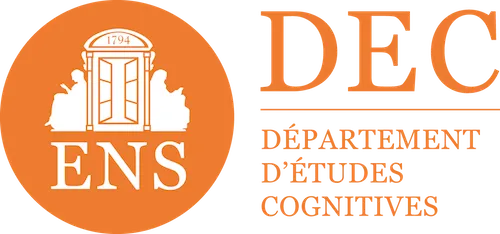

Practical guide: How to design an effective online training course?
To create effective digital training courses, you must first ask yourself the right questions
Effective training is a training at the end of which learners are able to mobilize the knowledge acquired in a real situation, and this in a sustainable way. Training, and more generally apprenticeship, involves a change of state: its objective is to enable learners to do something that they were not able to do before the training. This is what distinguishes the training of information, that brings an object to your knowledge but does not necessarily have a long-term impact on your conception of the world or on your behaviors.
The key to effective training, whether it takes place online and/or in person, is to overturn the reasoning based on technological means or possibilities. You need to ask yourself “why” at first, and “how” only then. The key question is not: where are we going to house the workshop? But well: what skills do we want to acquire and how can we verify that these skills are well acquired?
Refocus your training on learning outcomes
From content to result objectives
Designing effective training therefore involves rethinking your training by moving from an approach centered on Contents (what I want to convey) to an approach that focuses on learning outcomes (what the learner should be able to do). Too often, the means (a vade mecum, a serious game...) take precedence over the end and prevent you from asking yourself the right questions (see our article on the place of engagement in learning).
Rather than producing a resource and then asking yourself how to integrate it into a training course, it is better to ask yourself first: what do I want to enable my learners to do? This question can take different forms depending on the type of content: what situations should he be able to analyze, understand, manage? What problems should he be able to solve? List all of these concepts and skills, without necessarily trying to group them by category at first.
Granularize your result goals
You can then move on to the granularization of your goals. It's about grouping them into key concepts or skills, which your learners can work on separately. The challenge is to define the relevant level of grouping — or “granularity” — : a grain must contain a few enough concepts to be affordable (content that is too complex can create too much cognitive load to maintain the learner's attention), but enough to involve a significant change in state.
Find the relevant tests for each result objective
As soon as each learning outcome is defined as a new ability developed in the learner, it should be possible to design a trial (regardless of its form: an exercise, a game, a project...) which makes it possible to check whether it has been assimilated, or not. This applies whether we are talking about aeronautical engineering or cooking, philosophy or mathematics, know-how or interpersonal skills.
For each key concept or skill, try to find questions that meet both of the following criteria:
- Anyone who has mastered this concept or skill Will answer correctly to this question.
- No person who is not familiar with this concept or skill Will not respond correctly to this question (except by chance).
Identify plausible errors
To help you with this exercise, ask yourself, for each question you have identified:
- What mistakes do you want to prevent your learners from committing?
- Which problems or difficulties are they going to meet frequently?
This allows you to verify that you are actually testing a key concept or skill (see our article on evaluation design). Indeed, if you don't see what mistakes learners could really make on this question, it's because they have nothing to learn. You are therefore in a logic of information rather than training.
Attention: in the case of an MCQ, the errors must be Plausible. It is common to see training courses offering cartoonish self-correction questions, where the wrong answer is obvious. By definition, your learners don't need to know that they shouldn't do what they would never think of doing! It is necessary rather Starting from reality: Moreover, do not hesitate to ask learners what they would spontaneously answer your question.

Choose the training modalities
You have granularized your result objectives and designed the tests to measure whether they have been achieved. You can start to think about the overall learning path: in what order should each grain be addressed and with what learning methods?
Let's recall four essential lessons from cognitive science to choose your learning modalities:
1/ passively reading documents or watching videos often gives theIllusion of mastery, while having little impact on your ability to mobilize knowledge and skills in situations over the long term.
2/ To sustainably master knowledge and skills, the learner must actively mobilize them during learning through exercises relevant. You can use the tests you've defined for each objective. Some skills are more suitable for learning through group projects, others for individual exercises.
3/ These exercises should be spaced out in time : the work of retrieving memory makes it possible to consolidate achievements over the long term.
4/ These exercises should also be varied and alternate themes: experiences show that mixing tests on different themes produces better results than working on the themes one after the other. The benefits of this approach, although not immediately felt, are both tangible and long-lasting, with success rates up to three times higher.
Make an appointment directly with our eLearning experts for a demo or simply more information.












